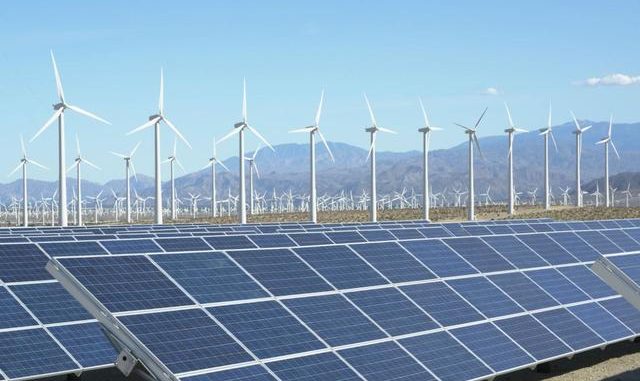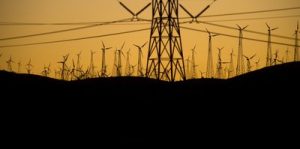
Casey McShea, Staff Writer|
California hosted a climate summit last week where a historic law to make the state’s electricity grid 100 percent carbon free by 2045 was signed. This will be accomplished by using wind, solar, geothermal, and hydropower.
This law is the latest of the Golden State’s attempts to slow down global warming and climate change. In addition to the new law, the state requires a price on carbon emissions and that all new homes run on solar power. It also forces automakers to make more zero-emission vehicles. The new carbon-free energy law is becoming a trend; more than 70 cities, and five counties across the country are looking to turn their electricity grids “green.”
The new law, although revolutionary, will not be easy to achieve. California is the world’s fifth largest economy and is estimated to more than double over the next 27 years as the state’s population grows by several million. With the increased population, economy, and waves of electric vehicles, the electricity grid will be strained. Storage needs and costs will also spike as the use of renewable resources increases.
The law was signed by Governor Jerry Brown (D), who hopes “the new measure spurs companies to develop batteries big and cheap enough to store intermittent renewable energy that is produced only when the sun shines or the wind blows,” according to The Washington Post. The governor went a step further, signing an executive order directing state agencies to figure out how to make the entire economy carbon-neutral in the same time frame as the law.
The law puts California in an odd situation against President Donald Trump, who last year announced that the United States would withdraw its membership from the 2015 Paris Climate Accord that had been signed by every nation on the planet. The climate accord is an agreement with the United Nations Framework Convention on Climate Change (UNFCCC) that requires all nations involved “to undertake ambitious efforts to combat climate change and adapt to its effects,” according to the UNFCCC website.
When President Trump announced that the U.S. would remove itself from this agreement in 2017, several countries and states immediately rejected the idea. Leaders from France, Germany, and Italy have all issued a joint statement saying the accord could not be renegotiated. Senator Chuck Schumer of New York, Pittsburgh Mayor Bill Peduto, and Governors Jerry Brown of California, Andrew Cuomo of New York, and Jay Inslee of Washington all publicly denounced President Trump’s decision. The three governors announced a “climate alliance” in joint pursuit of achieving the emissions-reduction goals outlined in the Paris Agreement. Many United States based companies also opposed the move, including Exxon Mobil Corp., General Electric Co., Apple Inc., Tesla Inc., and Walt Disney Co.

Despite the state’s clear opposition to the current administration’s take on climate change, the President nor any White House officials did not immediately commented on Governor Brown’s actions. Some utility companies have voiced opposition to the law, arguing that the zero-carbon mandate may not be financially possible. Other groups have expressed concern over the affordability and accessibility of electricity.
California’s efforts to abide by this law in its time frame comes with the advantage of having access to large amounts of hydro and geothermal power. Gov. Brown also suggested many strategies to achieve the zero-carbon goal, some of which include energy storage, increased efficiency, and adjusting energy use to when there is the most power accessible.
“Have no illusions: California and the rest of the world have miles to go before we achieve zero-carbon emissions,” Gov. Brown said at the climate summit. “But you have to begin.”
Leave a Reply